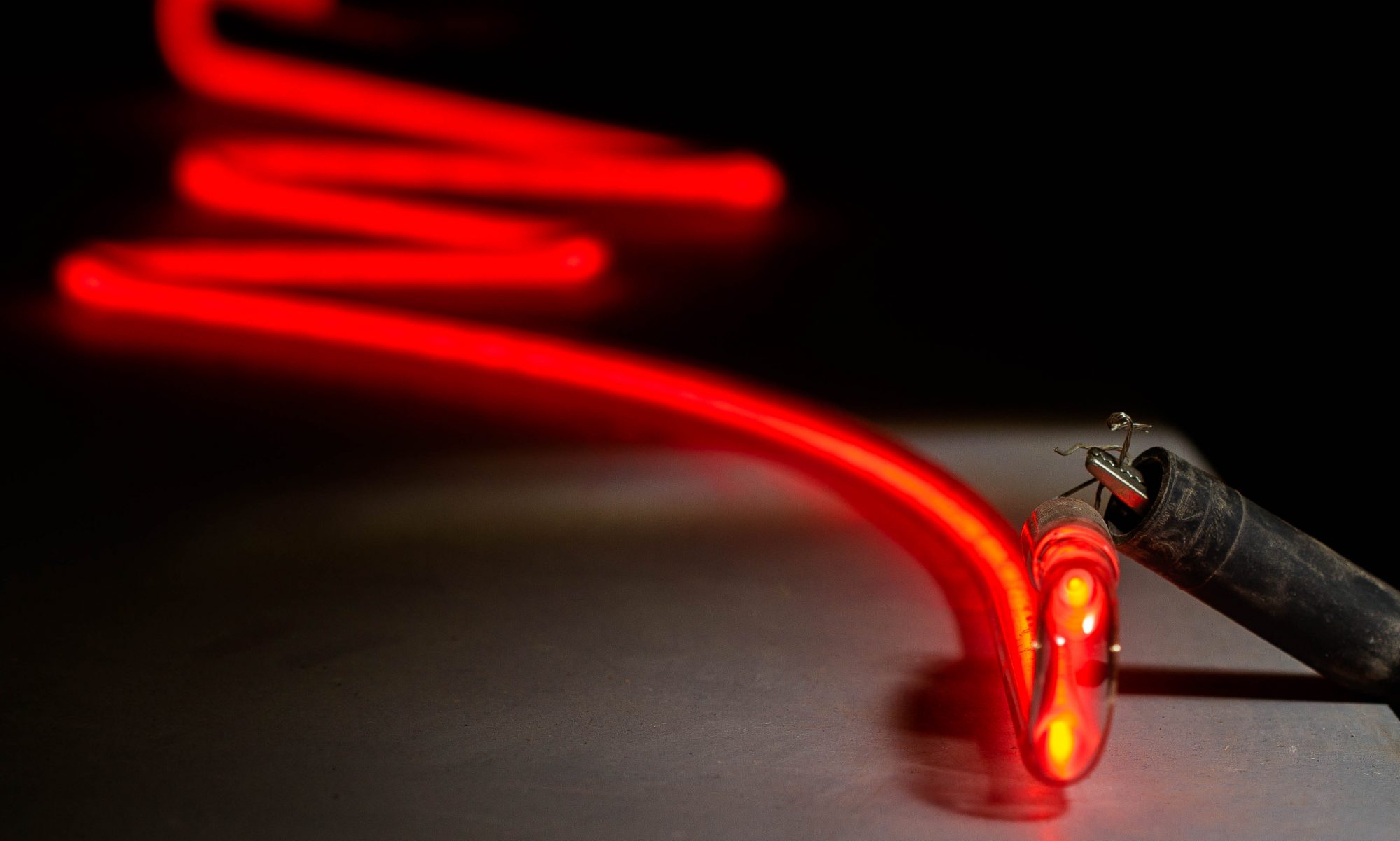Have you ever experienced a cascading menu that seemed to run away from you as you navigated it? This is one of those subtle usability failings that can lead to a disembodied hatred of a site or application. Very few people will notice what's actually going wrong, let alone what should be done to fix it.

Ben Kamens noticed when Amazon got this right. Not only did he notice, he wrote up what he found and developed a jQuery menu you can use on you own site to achieve the same fix. The improved implementation, by the way, has its origins in noticing what direction your mouse is moving -- if it's headed toward a sub-menu, this implementation gives you a chance to catch it.
The moral of the story? When you get this stuff right, most people never notice the details, but they'll notice the feeling of quality in the product. Nobody loves an Apple iAnything because the edges are chamfered exactly so or because the icons are rounded just a bit, but they notice that it feels solid and sorted out. I'll bet you'd have a hard time finding people who can tell you exactly why a BMW feels better than a Chevy, but most of them will agree that it does.
As a designer, it's important that you do, in fact, notice the little stuff, and that you understand how these details contribute to the quality of your product. With any luck at all, you'll work for an organization that also gets this stuff, because you'll also find it pretty frustrating to try to explain details like this to a bean-counter that hasn't got any awareness of this relationship.




